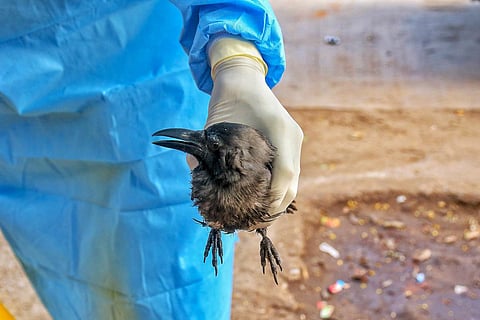

NEW DELHI: In a bid to eradicate the Highly Pathogenic Avian Influenza (HPAI) or ‘bird flu’ without the use of vaccinations, India has adopted a set of globally recognised protocols to fight the virus. The country has been successful in the endeavour, with 26 poultry farms made free of HPAI in this manner. Another 10 poultry farms are set to be declared bird flu free as well.
The international regulatory agency, World Organisation for Animal Health, has recently approved India’s efforts. “This achievement is a testament to India’s commitment to maintaining high standards related to animal health and biosecurity,” said Parshottam Rupala, Minister of State for Animal Husbandry, Dairying and Fisheries. “India, as the third largest producer of eggs (129.60 billion) and the fifth largest producer of poultry meat (4.47 million tonnes) globally, is poised to capitalise on this achievement,” he said.
Earlier, the time-consuming nature of the protocol had made way for the illegal vaccination market.
The poultry industry had long been demanding preventive measures against avian influenza to protect their millions of birds. The size of the poultry industry stands at 851 million birds in India and they are at a risk of bird flu outbreak.
Avian influenza causes devastating consequences for the poultry industry, farmers’ livelihoods, international trade and the health of wild birds.India’s policy to control bird flu is ‘detect and cull’ approach including destruction of animals.
Avian flu outbreak
Bird flu was first detected in India in February 2006, at Navapur town of Maharashtra. Since then, the country has experienced annual outbreaks of HPAI in different regions, leading to substantial economic losses. The disease has been reported in 24 states and Union Territories, resulting in the culling of over 9 million birds to control its spread. The last reported outbreak was also in Navapur in 2021.